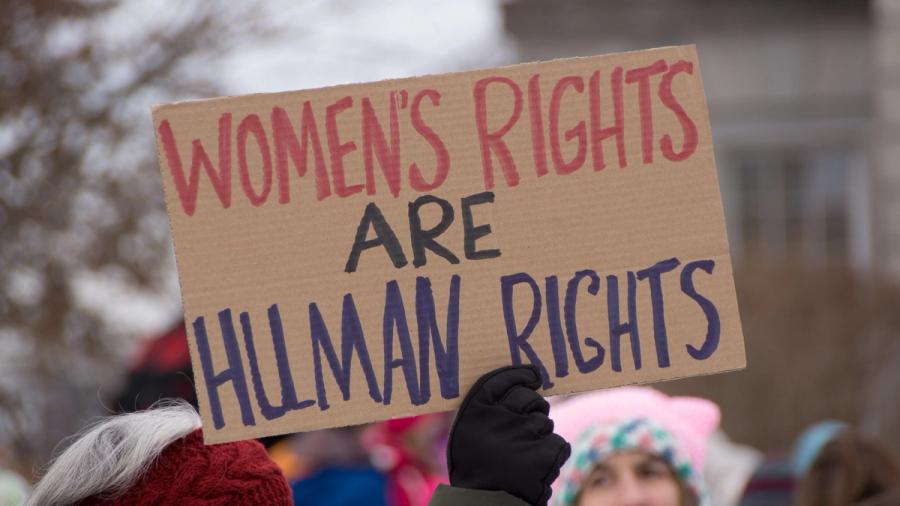UN women’s convention
In societies the world over women have been discriminated against throughout history. Historically men have had the most political and economic power, and the gender patterns have created a stereotypical image of women as “the weaker sex”. Even if many women have had strong influence in the home, many men, in many societies, have had the dominant position in the home as well. In this regard, the law has discriminated against women.
Women organise
Through the nineteenth and twentieth centuries women in many countries started to organise and work for political change. The struggle for women’s suffrage came to have particular importance. Slowly but surely women gained influence in several social arenas. They completed education, conquered working life, became politicians and worked for equality and against discrimination.
The UN treats women and men as equals
In 1945, after World War II, the United Nations (UN) global organisation was established. The UN Charter (the UN’s “constitution”) lays down that women and men are equals. The UN Universal Declaration of Human Rights (1948) builds on this, establishing that human rights apply to all, and that states shall not practise discrimination.
Even though the World Declaration underlined that women and men have equal rights, many saw it as necessary for the UN to develop special legislation to protect women’s rights because they encounter special challenges. This insight eventually led to the adoption in 1979 of the Convention on the Elimination of All Forms of Discrimination against Women, abbreviated to the UN Women’s Convention.
Slowly but surely progress is made
In practice the implementation of the Convention is for the most part dependent on national governments. Even if most states have acceded to the Convention, many have not bound themselves to the entire document. Article 5 is especially challenging to some as in many countries there are still conservative and patriarchal attitudes and practices (often based on religion) to overcome. But progress is still slowly but surely being made. Every year more states remove their reservations.
The aim of the UN Women’s Convention is no less than to ensure equality across the world. A total of 189 of the 193 UN member countries have undertaken to improve conditions for women within their borders. The fundamental principle in the Convention is full equality between women and men. Each state must ensure that women are not discriminated against in the family, in the education system, in working life and in the political arena. Women also have the right to good health care, the right to control their own finances and equal legal rights as men. To achieve full equality Article 5 underlines that society’s traditional male and female roles must be changed:
“States Parties shall take all appropriate measures: (a) To modify the social and cultural patterns of conduct of men and women, with a view to achieving the elimination of prejudices and customary and all other practices which are based on the idea of the inferiority or the superiority of either of the sexes or on stereotyped roles for men and women.”
The article is taken from: Freedom, Yes! A handbook in organising workshops on women's and children's human rights, as well as negative social control (2020). Developed by the Human Rights Academy.

